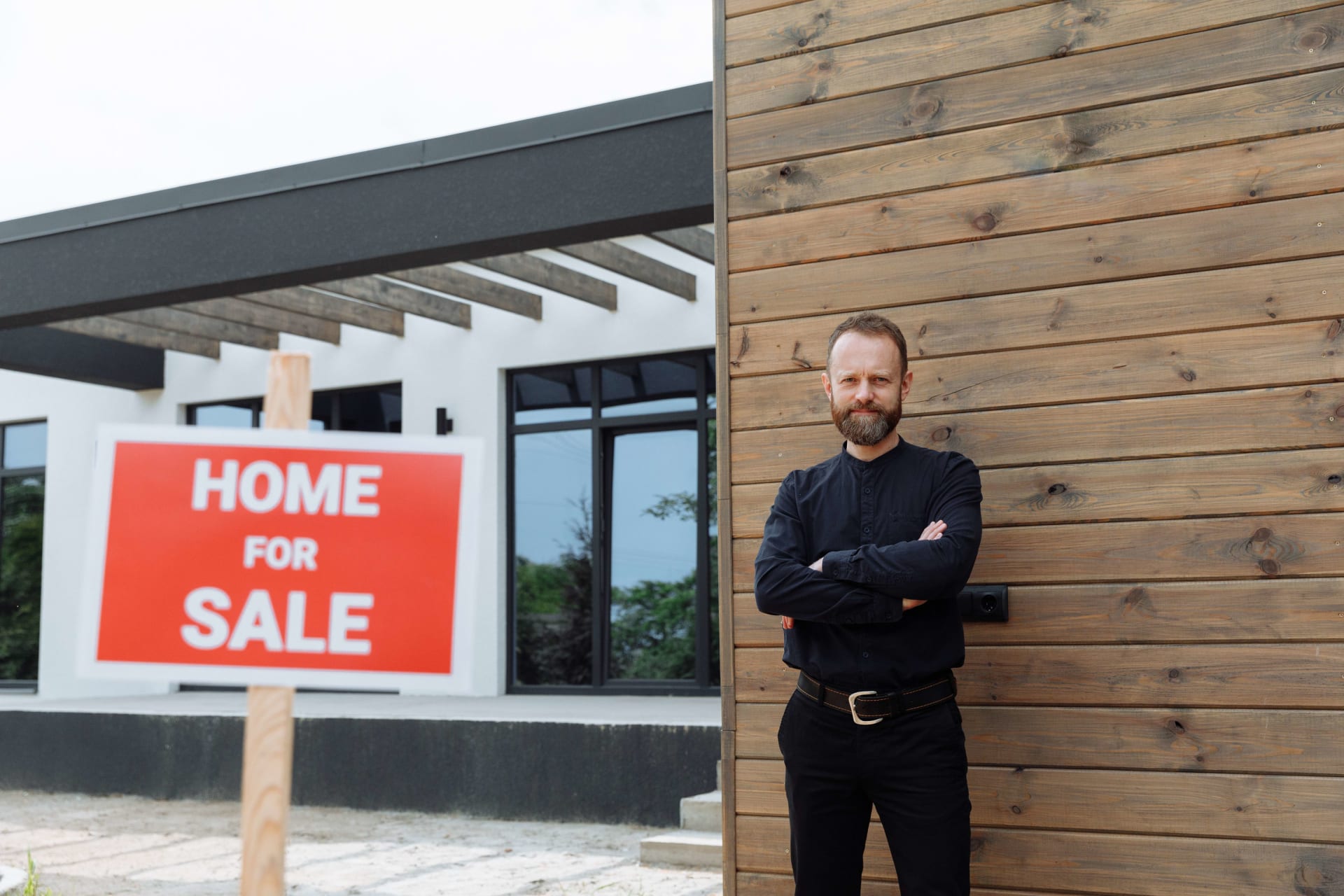Santa Barbara Home Prices In The Short & Long Term
Will home prices in Santa Barbara remain at historic highs? Or will they eventually come down?
Santa Barbara home prices have been on a rapid ascent: Depending on which gauge you look at, home prices have been rising at a pace of 15% to 20% a year. But that rapid ascent is likely to slow through the next year or so, as mortgage rates continue to climb. Demand for houses, however, is still high, so it is a safe bet that selling your home in the summer may still be your best bet to cash in.
What Will Santa Barbara Home Prices Do in the Short Term?
Don’t expect home-price growth to slow much in the near term, pros say. Indeed, May is often one of the busiest times of year for homebuyers, and “as a result, this May could bring with it even more limited housing inventory and in turn, even higher home prices,” says LendingTree’s senior economic analyst, Jacob Channel. And Steve Reich, chief operations officer at Finance of America Mortgage, says that demand remains strong for homes, particularly among millennials seeking to buy their first home, so he too thinks we’re likely in for “a gradual increase in home-price appreciation throughout May.”
So how much will prices rise in May? Annual home-price growth will peak at 21.2% in May, predicts Nicole Bachaud, a Zillow economist, up slightly from April. The prediction from Bankrate.com analyst Jeff Ostrowski: “Because inventories are so low, home prices are likely to keep rising at a double-digit year-over-year pace through May. Just looking at housing trends, it seems prices will cool a bit but not significantly.”
Concludes Realtor.com senior economist George Ratiu: “The ongoing imbalance between supply and demand remains a challenge for spring real-estate markets.”
What Will Happen to Santa Barbara Home Prices in the Long Term?
Thanks to rising mortgage rates, among other factors, home-price growth predictions for some big players in the real-estate world have been revised downwards. Zillow expects annual home-value growth to hit 14.9% over the next year, down from an original 16.5% prediction made in February. Meanwhile, the Fannie Mae Economic and Strategic Research Group predicts a deceleration through 2023 to just 3.2% growth by the fourth quarter.
And Ratiu says that “we’re seeing real-estate markets transition toward a new normal.” Because the Federal Reserve is committed to tightening its monetary policy with several interest-rate hikes this year, along with the potential move to curtail its balance sheets, the process is already driving the costs of borrowing higher. “As the central bank also steps back from its massive role in the mortgage-backed securities market, we can expect home loan rates to continue rising, cooling demand,” says Ratiu.
Another reason home-price growth may moderate is that pros predict inventory issues will ease. “Weekly inventory numbers are already seeing an improvement in the number of fresh listings on Realtor.com, accompanied by a slowdown in overall inventory declines from a year ago,” says Ratiu. At the current pace, by this summer, we expect to see the number of homes for sale rise above last year’s levels. “At some point, the cost of buying a home will deter enough buyers to let inventory begin to catch up with demand and bring home price growth back down to Earth, but there is plenty of fuel left in the tank as home shopping season kicks into gear,” says Zillow’s Bachaud.
The message is clear: Selling your home soon will be the best time for you to get absolute top dollar. Buying a home may become easier soon, as more buyers drop out of the market due to higher interest rates. Contact Maureen McDermut today to discuss your real estate goals in the short and long term.

